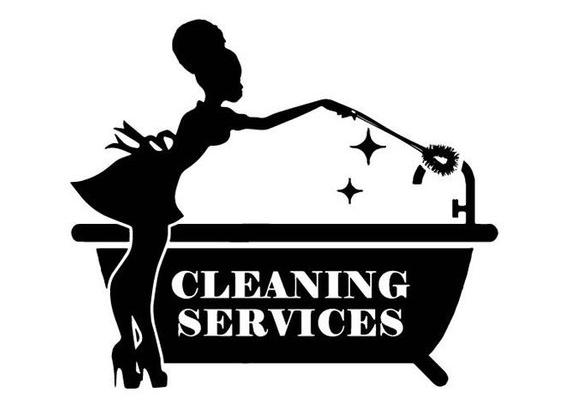
4 minute read
Academia
Stereotypes: An educational problem
Advertisement
Yuliana Borda
Estudiantes Licenciatura en Lenguas Modernas
Rosana Lince
Stereotypes: every single human being has been defined and affected by them. There are many types of stereotypes; for example, racial, religious, political or social. But, what is a stereotype? According to Bordalo, Coffman, Gennaioli & others, stereotypes are “fundamentally incorrect and derogatory generalizations of group traits, reflective of the stereotyper’s underlying prejudices” (p.1). These wrong ideas are responsible for the perpetuation of stereotypes in society, and the repercussions they may have can be fatal in the construction of social and individual identities. Stereotypes are constantly reproduced and accepted without hesitation or taking into account the damage that they can cause, especially in an ELT (English Language Teaching) classroom.
These stereotypes are everywhere, including schools and classrooms that are supposed to be safe environments for children. Even teachers’ discourses during class and the material they use for teaching are influenced by them, and in consequence children might reproduce those stereotypes along their lives. For example, a picture of a book shows a woman, whose characteristic is that she is an Afro-American girl, cleaning a bathroom. At first, the image seems to be innocent; however, the discourse and the stereotypes behind that illustrates a wrong image of the reality. This “innocent” material may influence or give wrong notions to students of what people do in real life, and the reproduction of stereotypes will continue day-by-day as a neverending-chain. Related to this, gen-
der becomes a big issue in stereotypes because “textbook [and also classroom dynamics] teach children what behavior is appropriate or inappropriate and that they serve as a source that children acquire gender stereotypes from” (Nofal & Qawar, 2015). Therefore, the problem “Our students will keep the cycle of using stereotypes of the perpetuation of and judgements without questioning their truthiness”. stereotypes is the mateImage: Ruesdelyon. bit.ly/2yvT5GR rials that are used even though teachers and institutions are aware the false reality that they show.

Moreover, stereotypes (or prejudices) do not only perpetuate wrong representations of our reality, but also they can become a factor that influences the academic progress and the academic results as it exposed in the article: Educational Materials Can Induce Stereotype Threat in Elementary School Students: Evidence for Impaired Math Performance Following Exposure to a Token, written by Melissa K. Heerboth and Kalia Mason Mercyhurs, who state that: “the students fear that their performance on the test will confirm these stereotypes, and this fear creates an added cognitive burden that can impair performance on the test. This cognitive process is known as stereotype threat” (Steele, Spencer, & Aronson, 2002). This stereotype threat interferes with students’ education because stereotypes take part in their emotions towards a situation, in this case their academic situation. For instance, a student that comes from an indigenous community may be stereotyped and judged by its partners or materials, and he/she decreases the motivation to go to classroom because the appealing level of the stereotypes.
This problematic has still been stated in the literature; however, teachers and institutions keep using materials that represent a wrong image of what society is, and there is also few production of new materials that are appealing to the social, economic, political situation of the country where materials are used.
Therefore, what is the solution? There are many ones that will help to decrease the systematic use of those materials, and use the material to question and to increase the critical thinking towards gender, race, social class, etc. Our duty as teachers is to begin to question those stereotypes in our classrooms because if there is nothing done, our students will keep the cycle of using stereotypes and judgements without questioning their truthiness. A way to start is deconstructing those ideas and stating a position towards that, and we can use other materials that help to contrast the validity of the realities shown in books or in the classroom itself.


“A picture of a book shows a woman, whose characteristic is that she is an AfroAmerican girl, cleaning a bathroom. At first, the image seems to be innocent”. Image: etsy.me/2T2dvUs
References:
Bordalo, P., Coffman, K., Gennaioli, N. & Shleifer, A. (2016). Stereotypes. The Quarterly Journal of Economics, 131(4),1753–1794. doi.org/10. n1093/qje/qjw029
Heerboth,M., Mason,K. (2012). Educational materials can induce stereotype threat in elementary school students: Evidence for impaired math performance following exposure to a token. Psychology Journal, 9 (4), 120-128. Retrieved from https:// bit.ly/2qev9n1
Nofal, M., Qawar, H. (2015). Gender representation in English Language Textbooks: Action Pack 10. American Journal of Educational Science, 1(2), 14-18.










